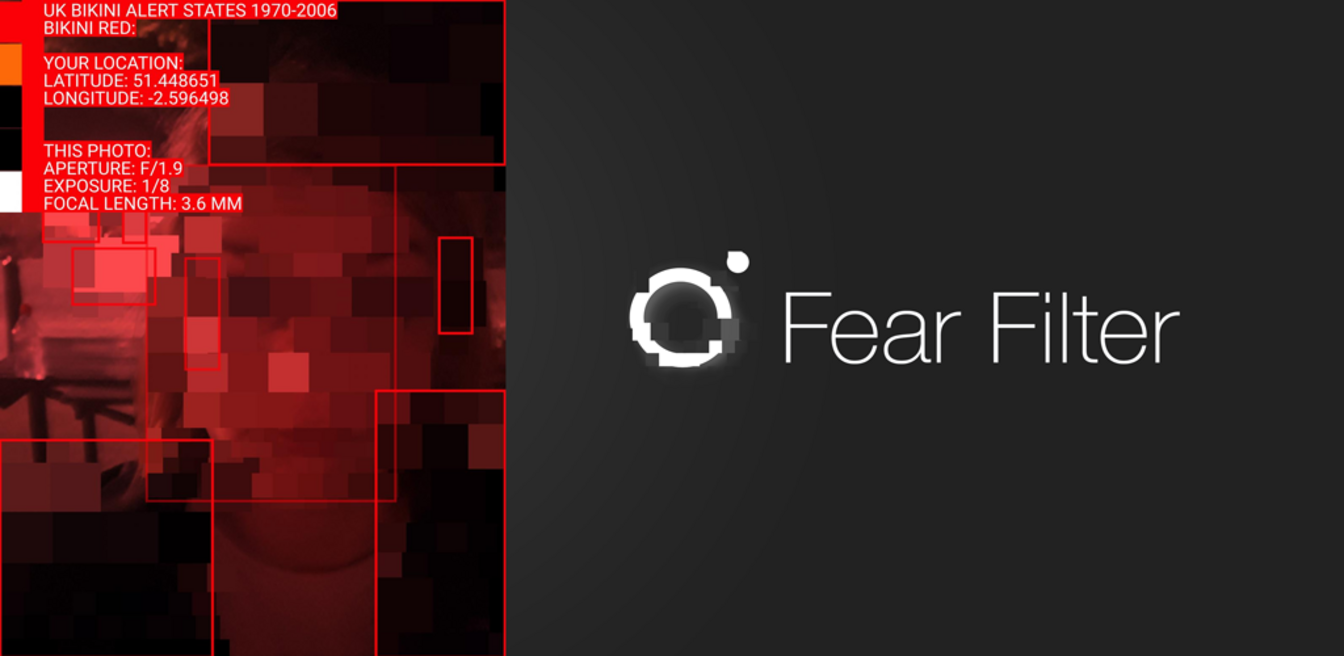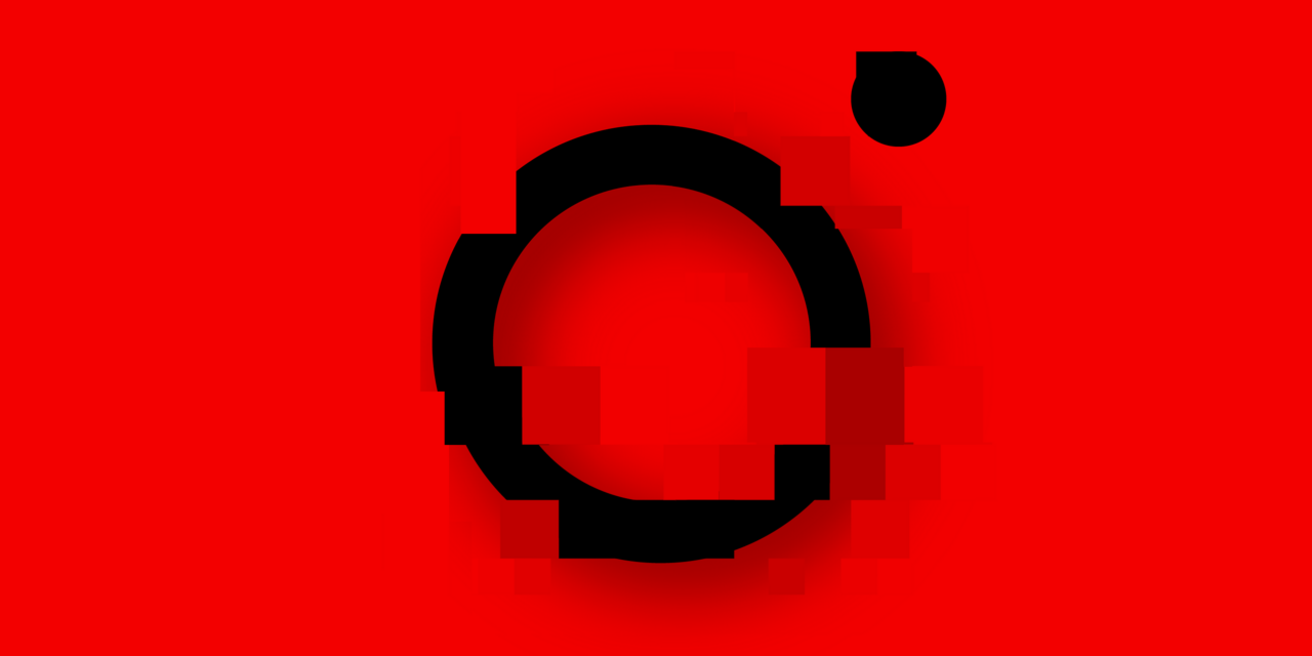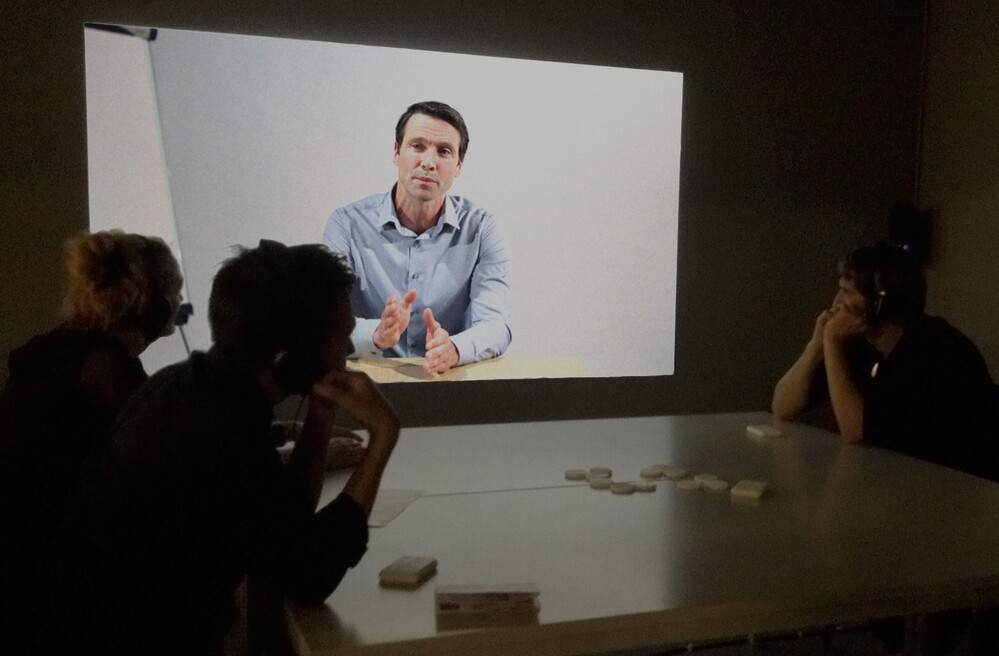Rod Dickinson
area: Media Art, Digital Art
Key Facts
nationality
Great Britainarea
Media Art, Digital Artresidence
London/Bristolrecommending institution
frei_raum Q21 exhibition spacetime period
September 2018 - September 2018Rod Dickinson’s works are research-driven, exploring various mechanisms of social and digital control, and how we as individuals and groups interact with them. His projects critically reflect on both the focus of their enquiry and on their own construction, revealing how interaction is often unconscious, as people perform pre-prescribed roles. Many of his projects have utilised methods of reconstruction and re-staging, focusing on historical objects and events that have clear parallels with the present.
Selection of recent exhibitions:
The Air Loom At Bethlem Museum of the Mind, London, UK September 2016 - September 2017.
Royal Albert Memorial Museum, Exeter, UK, Outlier Detection, January 2016 - January 2017
Halle 14: Control Mode Feedback / Kontrollmodus Feedback at Halle 14, Leipzig, Germany 12 September - 8 November 2015.
Newseum, Washington DC, Closed Circuit live performance 10 September 2014. As part of the British Council Culture & Conflict Summit
Wood Street Galleries, The City & the City, Pittsburgh, US, 28 September – 31 December 2012. Curated by Justin Hopper
Greenwich Degree Zero at the Hayward Gallery Project Space, London, 17 November 2012 – 5 January 2013.
The Museum of Yugoslav History, 52nd Oktober Salon in Belgrade, Serbia from 20 October - 4 December 2011.
DOX Centre for Contemporary Art, Prague, The Lucifer Effect, 9 October 2011 - 2 January 2012.
Greenwich Degree Zero at Warwick Arts Centre, Coventry from 1 October 2011 - 10 December 2011.
During the residency I plan to work on a new art work titled: The Shadow of the Future
The Shadow of the Future will explore how computational systems impact human behaviour and how computational / mathematical models have been used to predict behaviour particularly cooperation and non cooperation between people using the classic game theoretical The Prisoner's Dilemma. It develops and extends ideas explored in a previous work, Zero Sum (2015).
The Shadow of the Future will be comprised of a number of interlinking components: An interaction between an avatar in a focus group type situation and the visitor via a video projection and mobile phone application. A series of interviews also recount first person testimony where computational systems become palpable and tangential parts of lived experience. (eg Amazon warehouse workers, supermarket check out staff/manager).



